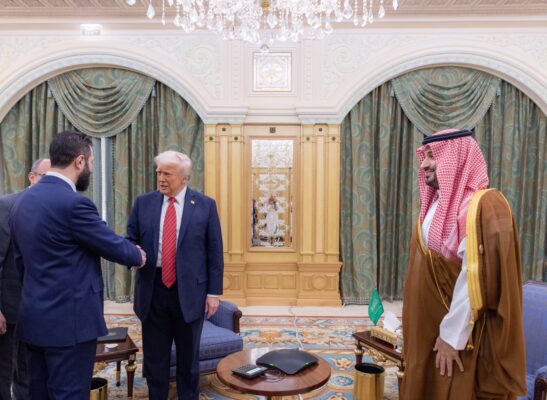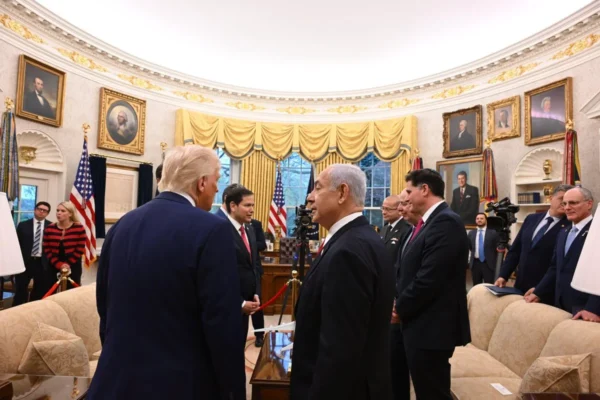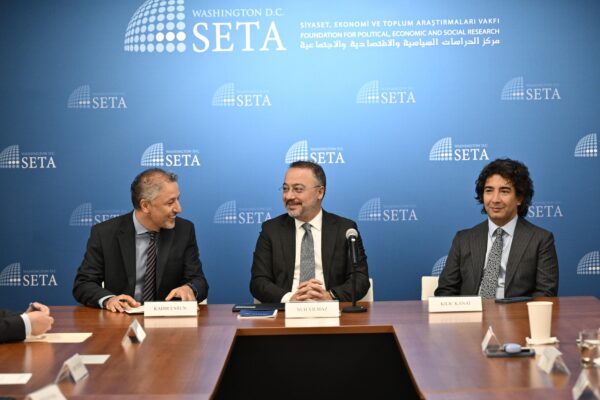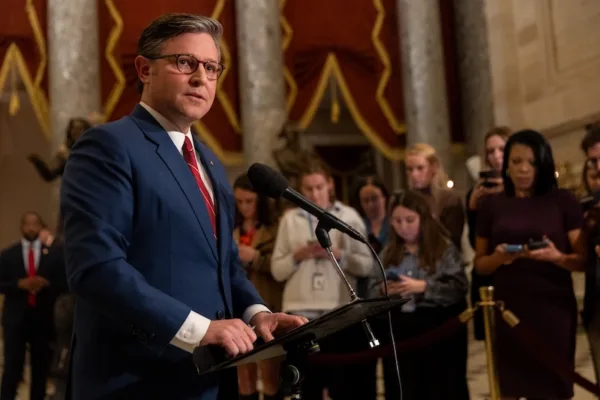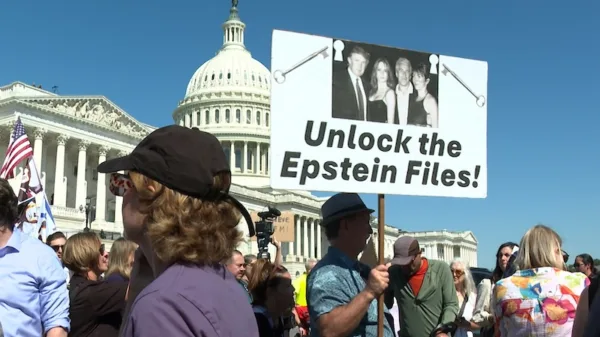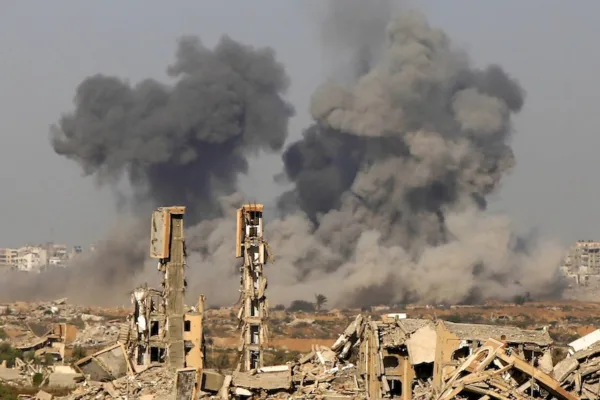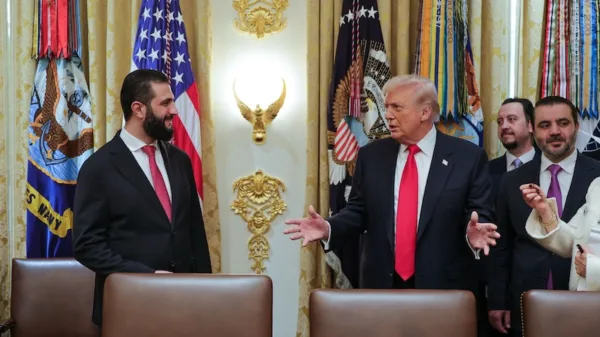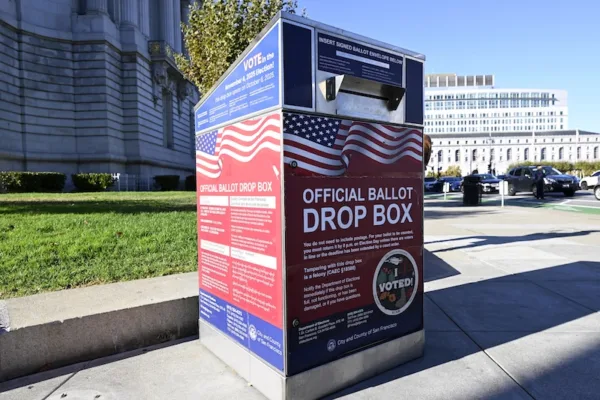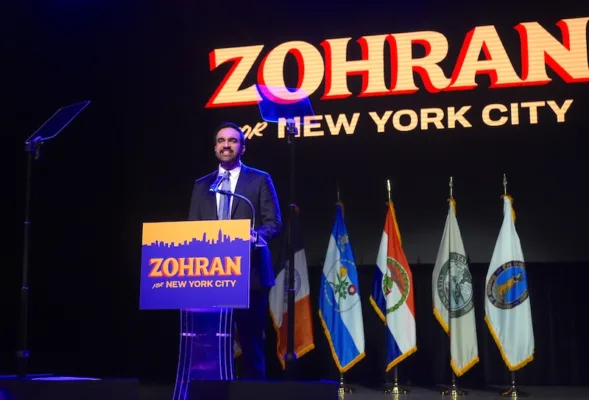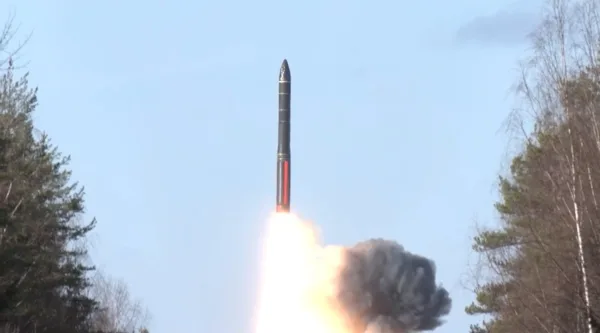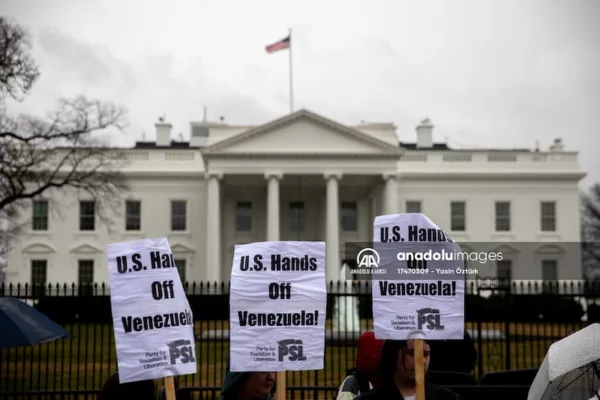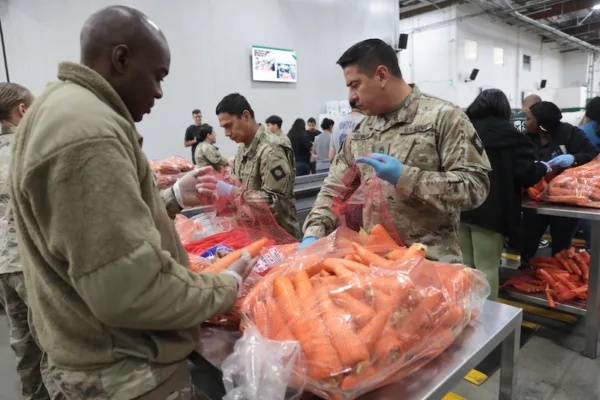US leaves behind a mess in Syria
After a long time there is a new wave of articles and op-eds in regards to the future of Syria and what kind of role the U.S. should play in it. Especially after the emergence of Daesh, U.S. policy on Syria focused on the destruction of Daesh, and policy makers in Washington, D.C. mostly avoided talking about the conflict in Syria. Despite pressure from its allies, the U.S. administration preferred not to have a comprehensive strategy in Syria to address difficult questions in regard to bringing peace, conflict resolution, transition, reconciliation and reconstruction of Syria. Today, this (lack of) strategy of the U.S. is once again on the table. After years of inaction, indecisiveness and operations without a clear strategy, now there are again two different groups trying to shape U.S. policy. The interventionists of today do not seem to care about the future of Syria but instead mostly focus on the role of Iran in Syria and argue that the U.S. needs to step in to curb the regional influence of Iran. This issue of curbing Iran’s regional power was also in the last President Trump speech on foreign policy. This line of thinking has some questions to answer and needs to be elaborated on as to how to prevent a spill over and what will be the risks of a full-scale conflict with the state of Iran. These are only some of the questions that have been asked for a while now. Against this group, non-interventionists are suggesting that the U.S. stay out of Syria.
Washington’s inability to pursue a coherent policy in the Middle East, particularly in Syria, makes its allies feel deeply concerned about their relationship with the U.S.
In a recent piece for instance, Aaron David Miller and Richard Sokolsky wrote a “Memo to the President” advising him that Syria is not a vital American interest. After criticizing the interventionist group and their focus on Iran, they argue, “Syria is not going to emerge as a stable pro-Western polity in the orbit or even significantly influenced by Washington.” Accordingly, “The failure of the United States to rise up to stop mass killing has been the norm, not the exception, in U.S. foreign policy.” It is the same argument that has been constantly made since the Obama administration said that it is not a U.S. “mess” and the U.S. has no vital interest to commit its resources to the conflict. It is not clear how important the security of U.S. allies and the stability of the Middle East is for the U.S. The damage to mutual trust arose because U.S. policies with its allies in the last few years will be hard to fix. And this by itself needs to be considered as a serious risk to national security. How about the emergence of a failed state in the heart of the Middle East? Such a problem will threaten not only the region but also the system of international security. Afghanistan example is still fresh in our memory. Thus, before it is too late, the U.S. needs to take some steps to contain and control a failed state.
Although the presence of Assad after six years of civil war demonstrates the survival of Assad, this survival did not take place because of his prowess and endurance. The main reason for his survival was the endurance of Assad’s allies, while the U.S. avoided any commitment to protect and support its partners on the ground. The opposition in Syria at some point was fighting against Hezbollah, the Iranian militia, the Syrian militia, Syrian forces and Russian air forces. Air cover was not given to the Free Syrian Army (FSA) for years but was provided by Russian air forces to the militia of the Assad regime. The foreign fighter problem of the Assad regime and an increasing number of fighters arriving in Syria from different parts of the world by the sponsorship of the Iranian government has never made significant headlines. And it did not counter the same sensitivity with other terrorist fighters. Today, as a result of the vacuum that the U.S. left in the region, Russia has become a more significant power center in Syria and in the broader Middle East. The U.S.’s lack of commitment generated a major debate about the credibility of the U.S. in the whole world. The authors also refer to a possible agreement between outlawed PKK-affiliated groups and the Assad regime after the operation in Raqqa. So is it the exit strategy for the U.S. in its relations with the People’s Protection Units (YPG). Many have been asking the meaning of the “tactical and temporary” partnership between the U.S. and the YPG, and unfortunately there is no clear answer to this question.
It is important to know what the current state of affairs will bring for the future of U.S. policy in Syria. For the authors, the best way is to stay out of the conflict and help neighboring countries handle the refugee issue. Inaction is somehow considered the least risky option. This is as such for the U.S. Syria policy for decades now. The unpredictability of inaction and high potential of failure to control the situation following unexpected developments has never been taken seriously in Syria. This has been partly responsible for the current level of “mess” in the region. Of course, interventionists have their own problems in their approaches to the conflict in Syria and in some of their goals. The fact that they were the ones that took the U.S. to war in Iraq demonstrates what kind of adventure they can get into. However, at this point the predominance of avoidance in regard to Syria should make everyone more concerned about the consequences of another round of U.S. avoidance in the region.
This article was first published in Daily Sabah on October 30, 2017.



